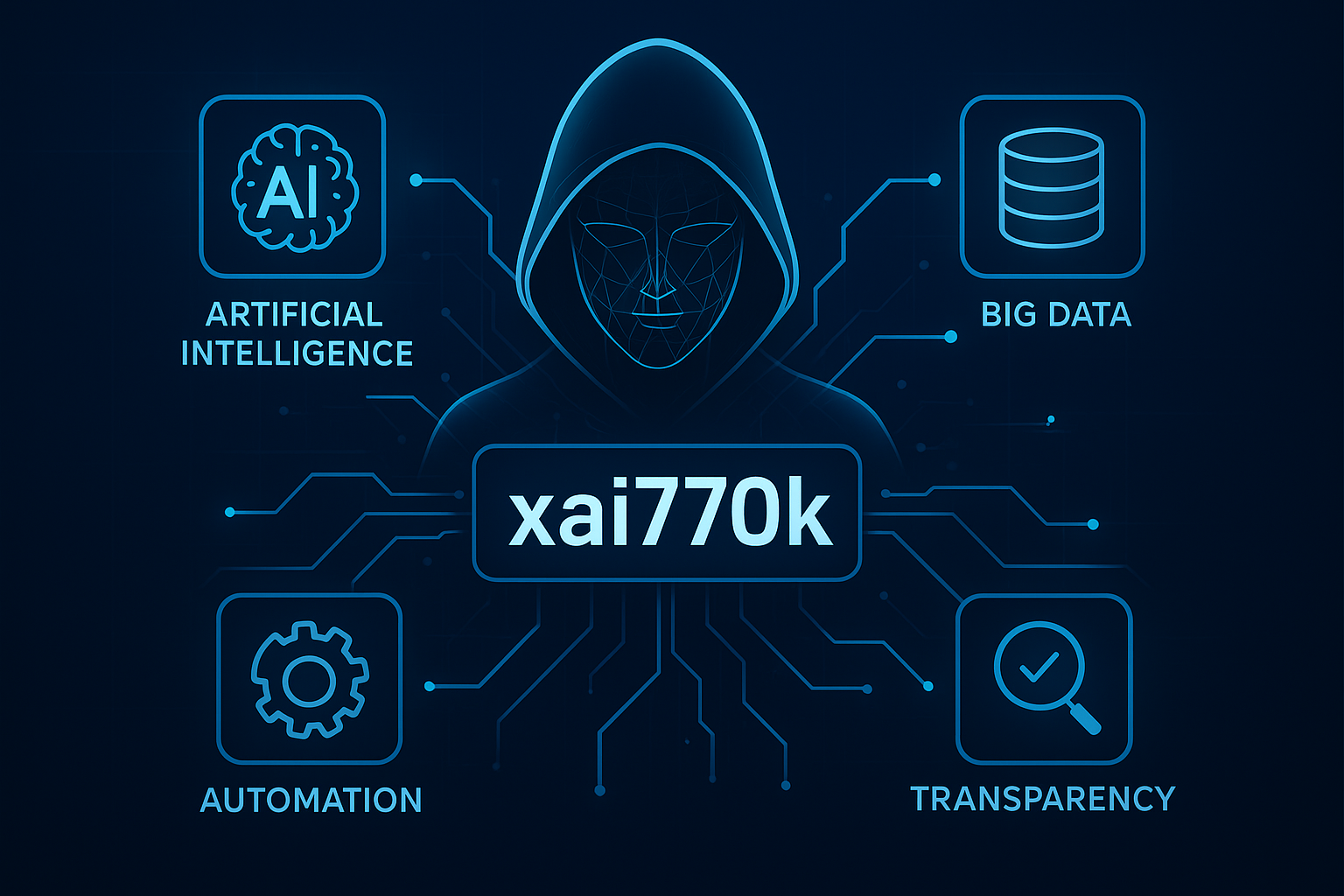Introduction
As digital assets matured, Pixel Coin became the first to rechart the decentralized marketplace. Non-fungible tokens (NFTs) increasingly found their way into the mainstream, but simultaneously, the weaknesses of previous platforms—high fees, centralized power, and bad incentives for creators—are more evident than ever. Pixel Coin therefore comes as a solution to inefficiencies in blockchain, an environment that would equally well support creators, traders, and gamers. The project is based on decentralized finance features and matches them with utility on a daily basis, creating an environment where traders don’t only trade and mint NFTs but play games, create and vote on proposals, and get rewarded for actual engagement.
Cost and Scalability
The digital economy is booming, and NFTs are at the forefront. But though they are well-liked, most have atrocious scalability and cost inefficiencies. Ethereum marketplaces, for instance, have developed reputations for charging outrageous gas fees that in some instances exceed the price of the NFTs available for sale. Pixel Coin employs the Binance Smart Chain, so it won’t be saddled with such scarcities, reduce fees dramatically without sacrificing speed and scalability. On its own, that places it in an optimal position to attract artists and collectors wanting alternative, streamlined choices.
Power of Ownership and Royalty
As a significant departure from industry norm, Pixel Coin does have regard for decentralized ownership. In comparison to royalty and listing control in conventional marketplaces, Pixel Coin automatically pays royalties through smart contracts. It compensates creators not only on initial sale but also upon each resale of their content. It is an answer to exploitative tactics where creators are denied long-term value. Creators in the Pixel Coin marketplace have economic stakes in their creations for all time. This is rewarded by good content and facilitates a scalable solution that is able to match creators and user interests.
Decentralized Governance
Another one of the core tenets of the design of Pixel Coin is governance. It is common with decentralized networks that they self-proclaim as community-based but fail to make decisions wisely. Pixel Coin employs a true on-chain type of governance model by which all tokens receive a vote. It is the process where stakeholders are able to have their influence exerted on significant updates like feature development, fees, and treasuries. It is carried out through voting made secure by the transparency of proposals initiated through a 5% quorum. Therefore, only proposals adequately supported by communities get executed. Inclusivity is the standard preferred by this model but hates the manipulation of whales.
Tokenomics and Deflationary Mechanic

Lastly for some tokenomics, let’s talk about it. Pixel Coin initially had a trillion units supplied. Part of that supply was allocated to liquidity pools, which rewarded early holders, and dev funds. So much as such enormous supply figures are, naturally, the culprit of inflation and devaluation, Pixel Coin also possesses a deflationary burning system. Part of every transaction is burnt irretrievably, providing long-term shortage. Another redistribution fee is imposed on every trade and paid into a community fund. All of these design factors altogether create holding and long-term participation instead of speculation trading.
Gaming Integration
Another noteworthy element of Pixel Coin’s product is gaming integration. The company is not selling NFTs as much—it’s building an end-to-end digital lifestyle. Users can use Pixel Coin on its independent game platform to trigger enhanced functions, customize avatars, or buy virtual property. The gamification app provides user relevancy in real-time to the token and maximizes customer retention. It also provides developers with an opportunity to build under the umbrella of the framework, making it more usable. In a future where art, game, and money are becoming increasingly indistinguishable virtually, this multi-faceted strategy is timely and visionary. Increasing Liquidity through Incentives
Liquidity, which would otherwise be secondary to early-stage investments, is being incentivized actively within the universe of Pixel Coin.
Decentralized exchanges such as PancakeSwap have Pixel Coin trading pairs PXLCO/BUSD and PXLCO/BNB. The pair listing offers traders liquid market action. The project also rewards liquidity provision, paying users with yield rewards. People providing liquidity to pools get rewarded with a share of trading fees and other rewards in the token. This structure minimizes slippage and volatility risks and makes the token more attractive to new users and institutional investors alike. Prioritizing Smart Contract Security
Security
The project is third-party audited on a regular basis to establish and rectify vulnerabilities in its smart contract code. Malicious activity is detected through real-time monitoring software, an added layer of future-proof security. Being open-source also opens itself up to the public eye to scrutinize its codebase, and with more transparency and trust established. In a rug pull and scam environment, this level of emphasis on security positions Pixel Coin as a trusted participant in the decentralized world. Roadmap and Future Features
Roadmap

Near-term advancements involve the launch of an NFT staking platform, whereby holders can lock up their tokens in return for rewards and voting power. Work is ongoing on a cross-chain bridge, which will enable token swapping between Binance Smart Chain, Ethereum, and Polygon. The new features enhance not only the project’s interoperability but also the creation of new markets for users. The company will launch an AI-powered discovery engine in 2026 that would allow the customer to discover relevant NFTs and gaming experiences based on his/her behavior and interests. Operating within a Saturated NFT Competitive Market
The Competition
Pixel Coin is working within a saturated market ruled by existing players like Rarible and OpenSea. Incumbent platforms are usually afflicted with scalability, centralized decision-making, and ever-growing transaction fees. Pixel Coin’s differentiator is in use cases and community-led development. With everything NFTs, gaming, and governance under one product, it can provide a more affluent and sustainable experience for the user. The difficulty will be maintaining this differentiation as operations grow and partnerships multiply. Community Engagement as a Growth Driver
Community as Foundation
Social media sites, AMAs, and community drops on a recurring basis drive community engagement. User-generated content is heavily rewarded, as reward schemes provide remuneration to authors in order to create tools, author tutorials, and do outreach for the project. The grass roots nature of this campaign has allowed Pixel Coin to build an ardent base following, even though it had none of the backing of the large venture capital institutions. And as decentralized businesses continue to gain traction from bottom-up movements, the very grass roots-level presence of Pixel Coin positions it well for its eventual survival. Legal Issues and Compliance
Project with Issues

There is regulatory ambiguity across the entire crypto ecosystem, and Pixel Coin is not different. There is compliance effort towards the local law, particularly where there is KYC authentication in transactions involving high amounts. Beyond this, the team is also engaged in working with law advisory companies to ensure that they remain ahead of legislatory changes. It can be expensive, but it has to happen for widescale adoption and integration into the existing financial system. Future Outlook: Future of Pixel Coin
The Future of Pixel Coin
It depends on its deployment on its roadmap, new developers entering, and its capacity to maintain the trust of its community. Its deflationary tokenomics, decentralized decision-making, and gaming and NFT platform compatibility already provide it with a good foundation. But the bigger market forces and competitive pressures will keep attempting to level the playing field. Ongoing innovation, openness, and user involvement will be needed to its long-term success. Conclusion: Redefining Digital Ownership
For the most part, Pixel Coin is not some other crypto—it’s a virtual world based on imagination, contribution, and fairness.
By attempting to address some of the largest problems in the world of NFTs—high transaction costs, no royalties paid, and centralization—it presents a compelling alternative for those who desire a more equitable digital economy. With its blend of utility, governance, and community development, it is a project that cannot be muffled. As the DeFi and NFT markets increase, Pixel Coin can be more than just a player, but a driving force behind what comes next
FAQs
What is Pixel Coin used for?
Pixel Coin is used primarily for buying and selling digital assets, including pixel art, NFTs, and in-game items on decentralized platforms.
How can I buy Pixel Coin securely?
You can buy Pixel Coin on trusted exchanges like Binance, KuCoin, or Coinbase. Always transfer your coins to a secure wallet like MetaMask or Trust Wallet after purchase.
Is Pixel Coin better than Bitcoin for creators?
Yes, for creators, Pixel Coin often offers lower fees and faster transactions compared to Bitcoin, making it more efficient for micro-payments and digital content sales.
Can I earn Pixel Coin without investing money?
Yes! Many platforms reward users with Pixel Coin for creating content, participating in airdrops, or completing simple tasks like sharing and promoting.
Is Pixel Coin safe to use?
Absolutely. Pixel Coin runs on blockchain technology, which makes every transaction transparent, verifiable, and resistant to fraud or tampering.
What makes Pixel Coin different from other NFT platforms?
Pixel Coin differs by offering a fully decentralized ecosystem with lower transaction fees, automatic royalty payouts, and governance by token holders. Unlike OpenSea or Rarible, which suffer from centralization and high gas fees, Pixel Coin runs on Binance Smart Chain, providing scalability and cost-efficiency for creators and collectors.


